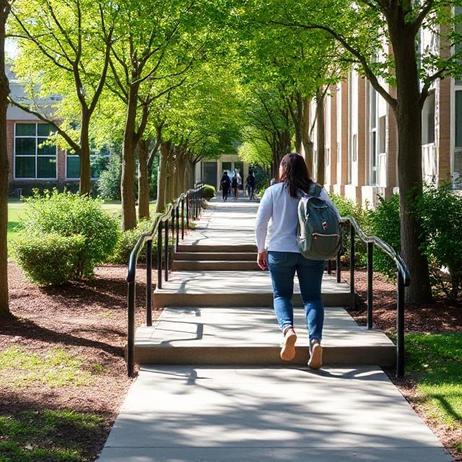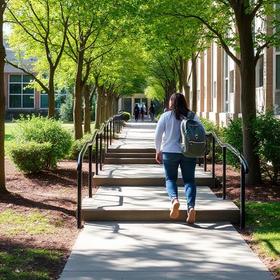Introduction
As private schools seek to offer competitive academic pathways, the concept of dual enrollment—where high-school students earn college credits—has gained considerable traction. For 2025-26, private schools partnering with community colleges provide a distinct advantage: students get a head start on higher education, reduce cost burdens, and sharpen their readiness for post-secondary study. This article examines how dual enrollment works in private school contexts, explores benefits and challenges, and offers guidance for families and school leaders.
What Is Dual Enrollment in Private Schools?
Dual enrollment typically allows a high-school student to take a college-level course and receive both high-school and college credit simultaneously. The terms “dual enrollment” and “dual credit” are often used interchangeably. According to the ACT, dual enrollment means taking college courses while in high school; dual credit means those courses count for both high-school and college credit. ACT+1
In private school settings, the mechanism is similar: the private high school partners with a community college or state college; students enroll in approved courses; the credits are recorded on a college transcript while also fulfilling high school requirements. Some states explicitly allow private-school students to access dual enrollment programs. For example, California notes that “private school or home-schooled students typically follow the same steps in applying to dual enrollment.” icangotocollege.com
Why Private Schools Should Offer Dual Enrollment
Here are key advantages of adopting dual enrollment programs in private school environments:


























